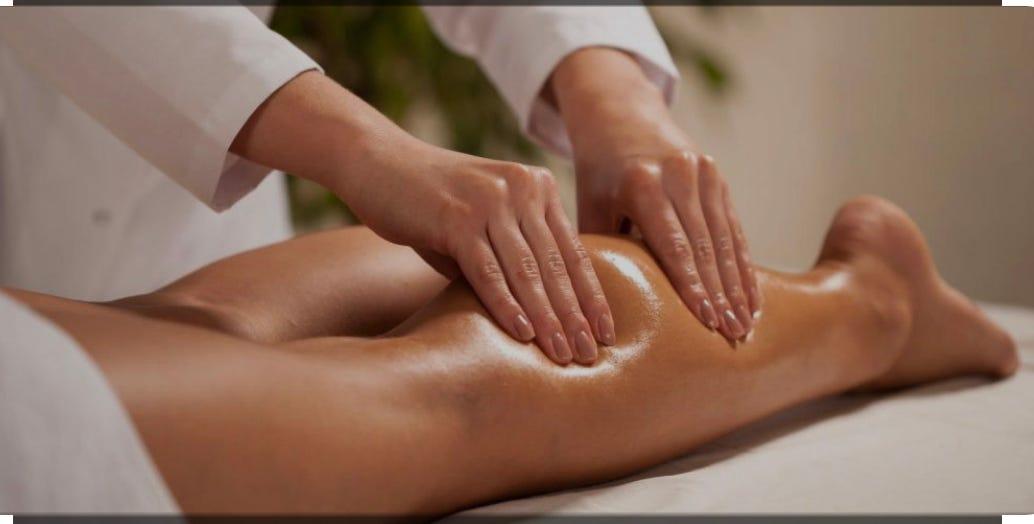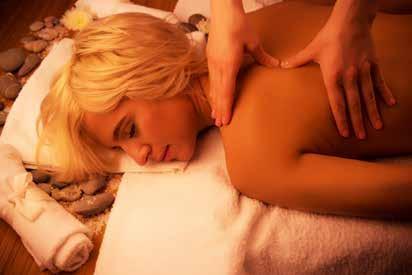SWEDISH MASSAGE

A Swedish massage is a popular and widely practiced form of therapeutic massage that involves a variety of techniques designed to relax muscles, release tension, and promote overall well-being. Developed by Pehr Henrik Ling in the early 19th century, Swedish massage incorporates a combination of five main strokes, each with specific purposes.
Swedish massage is often recommended for individuals seeking a general relaxation massage, as opposed to more specific therapeutic techniques.
The key strokes used in Swedish massage include:

Effleurage: Long, gliding strokes with the palms, thumbs, or fingertips. Effleurage is often used at the beginning and end of the massage to warm up the muscles and promote relaxation.
Petrissage: Kneading and squeezing movements, usually performed with the hands, thumbs, or fingers. Petrissage helps release tension in the muscles and improves circulation.
Friction: Circular or cross-fiber movements applied with the fingertips, thumbs, or palms. Friction is used to address muscle knots and adhesions, promoting the release of tension.
Tapotement: Rhythmic tapping, chopping, or pounding movements, often performed with the edge of the hands or with cupped hands. Tapotement can stimulate muscles and invigorate the body.
Vibration or Shaking: Fine, rapid movements that create a vibrating or shaking sensation. This technique is used to loosen muscles and induce relaxation.
Key Characteristics of Swedish Massage:
Gentle to Moderate Pressure: Swedish massage typically uses a lighter to moderate pressure, making it suitable for individuals who prefer a relaxing and soothing massage experience.
Full-Body Approach: A Swedish massage often covers the entire body, including the back, neck, shoulders, arms, legs, and feet. However, the therapist can customize the session to focus on specific areas of tension.
Promotes Relaxation: The primary goal of Swedish massage is to promote relaxation and stress relief. It can also enhance circulation and flexibility.
Suitable for Beginners: Swedish massage is a great choice for those new to massage therapy, as it provides a gentle introduction to the benefits of massage.
Enhances Well-Being: In addition to physical benefits, Swedish massage can contribute to a sense of overall well-being by reducing stress and promoting a calm state of mind.
Effleurage: Long, gliding strokes with the palms, thumbs, or fingertips. Effleurage is often used at the beginning and end of the massage to warm up the muscles and promote relaxation.
Petrissage: Kneading and squeezing movements, usually performed with the hands, thumbs, or fingers. Petrissage helps release tension in the muscles and improves circulation.
Friction: Circular or cross-fiber movements applied with the fingertips, thumbs, or palms. Friction is used to address muscle knots and adhesions, promoting the release of tension.
Tapotement: Rhythmic tapping, chopping, or pounding movements, often performed with the edge of the hands or with cupped hands. Tapotement can stimulate muscles and invigorate the body.
Vibration or Shaking: Fine, rapid movements that create a vibrating or shaking sensation. This technique is used to loosen muscles and induce relaxation.
